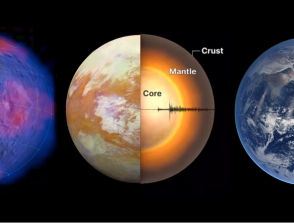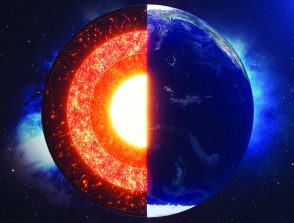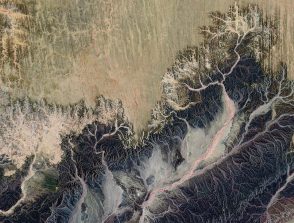Venus-Earth Atmospheric Monitoring for Seismicity (VeAMOS)
Start: 01/06/2021 - End: 31/08/2025
Coordinators : Philippe Lognonné, Pierre Simoneau
Host institutions :
Institut de physique du globe de Paris
Partner institutions :
ONERA
Related teams :
Planetology and Space Sciences
Related themes :
Earth and Planetary Interiors, Earth System Science






